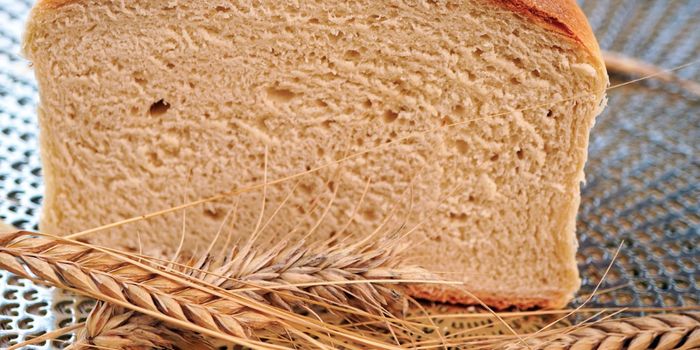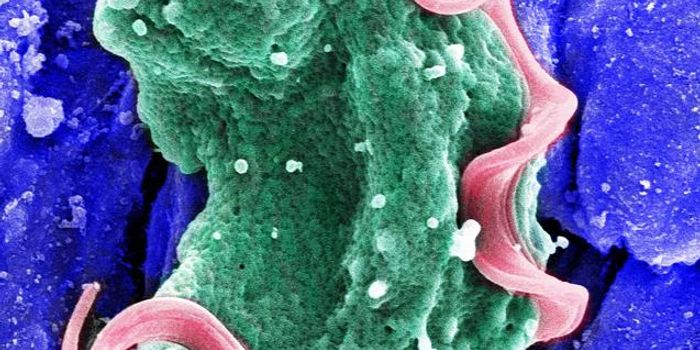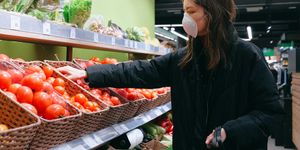The Patterns Formed by Biofilms
Bacterial cells grow in colonies called biofilms, which take on new characteristics. For example, a biofilm of bacteria is much tougher to destroy than individual bacterial cells. Researchers at Princeton University have now captured the formation of intricate patterns as these colonies grow, and learned more about the physical forces behind them. The findings, which have been reported in the Proceedings of the National Academy of Sciences, may also help us gain new insights into the development of human tissues.
"This adds to a body of work coming from a mechanical perspective that says what we're seeing is the playing out of physical laws," said study co-author Ned Wingreen, the Howard A. Prior Professor in the Life Sciences and a professor of molecular biology and the Lewis-Sigler Institute for Integrative Genomics. "It will help us understand to what extent some of these patterns influence the biofilm properties that are important biologically and medically."
Researchers with expertise in different areas like mechanical engineering and mathematical modeling collaborated on this study. They analyzed how a bacterium that can cause the disease cholera, Vibrio cholerae, forms biofilms. At first, it generates a flat layer on a soft substrate, but then the biofilm starts to wrinkle and form peaks and valleys, zigzags and radial patterns. The patterns that are made by the biofilm depend on how stiff or soft the substrate it grows on is, which can be altered by varying the amount of agar that went into making it. They also depend on how the biofilm absorbs nutrients from the substrate; as they are depleted, uneven growth patterns form.
"This is a very complicated process involving growth and mechanics," said lead author Chenyi Fei, a graduate student in the Lewis-Sigler Institute. "To understand it, we built what we call a chemo-mechanical model. We take into account the nutrients and the nonuniform growth of the biofilm, and how those features translate into the mechanical forces or stresses that accumulate."
The scientists were able to predict where and when the biofilm would get stressed, which also predicted where wrinkles appeared. Mechanical instability modeling plays into this work, though it has previously been used to study problems like how extreme temperatures cause stress on railroad tracks.
"In the previous century, mechanical instabilities were being studied with a focus on trying to prevent failure mechanisms in structures," explained co-author Sheng Mao, a former postdoctoral researcher at Princeton who is now an assistant professor at Peking University. "But in a new wave of studies, we are trying to exploit these mechanical instabilities to make tunable structures for various purposes," like synthetic materials that might one day be used to repair injuries, or engineered tissues that treat disease.
Sources: AAAS/Eurekalert! via Princeton University, Engineering School, Proceedings of the National Academy of Sciences









